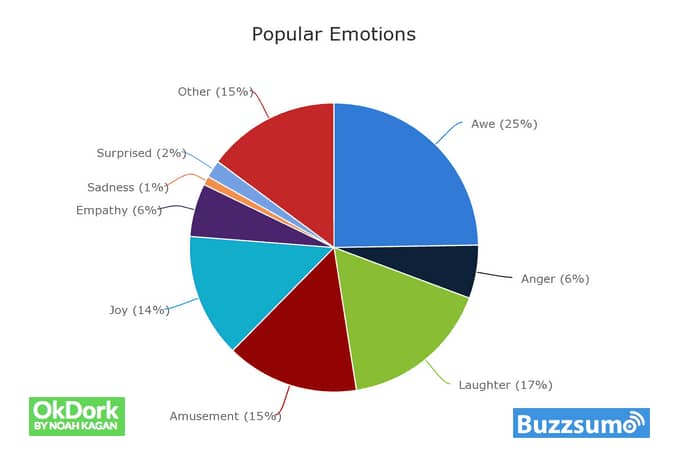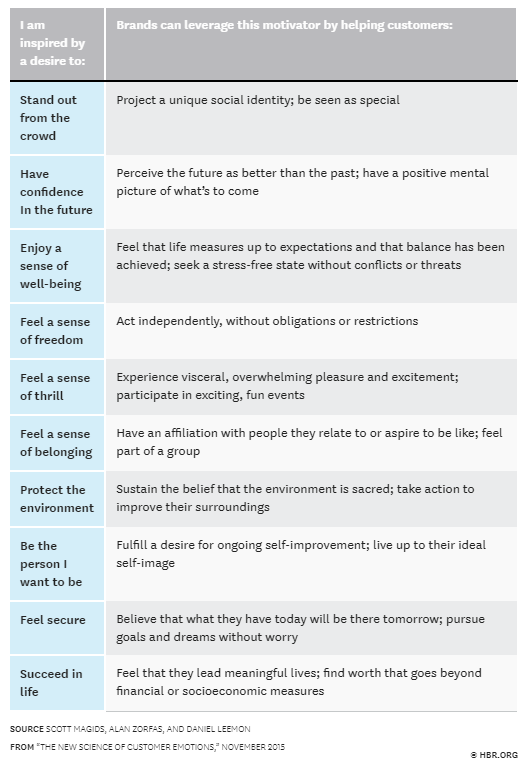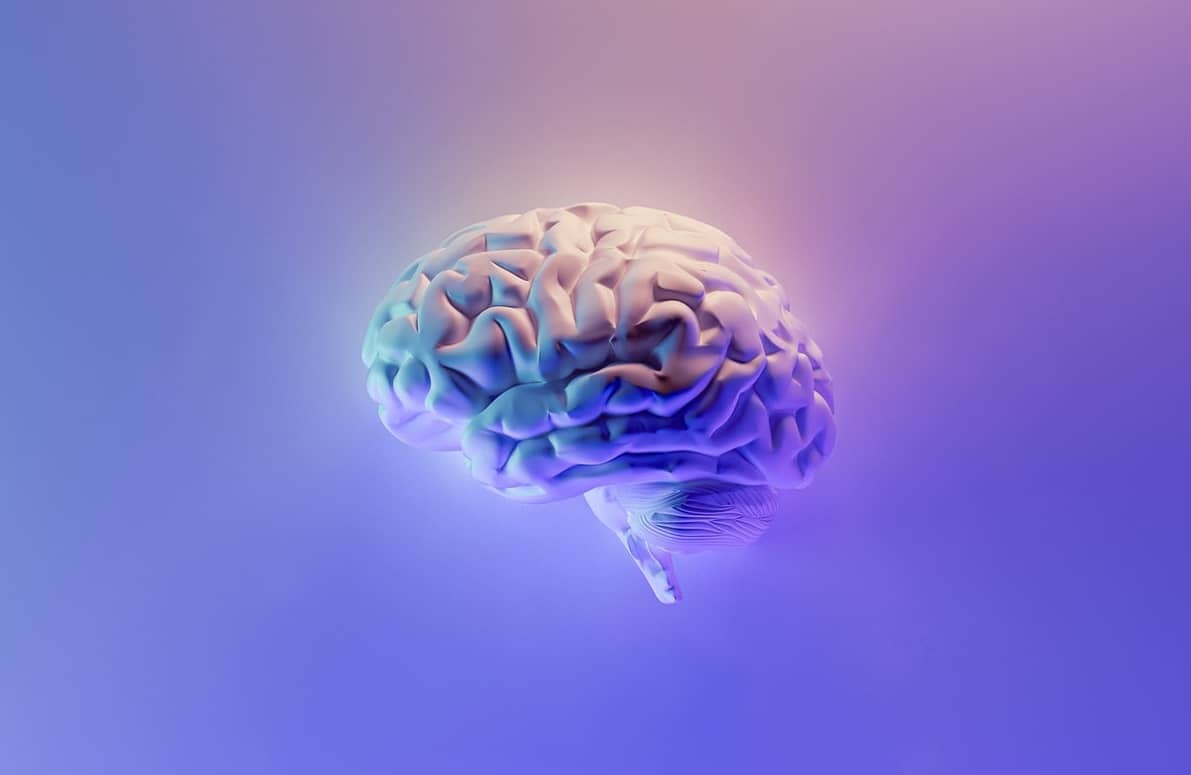Julie and Mark are brother and sister. They are traveling together in France on summer vacation from college. One night they are staying alone in a cabin near the beach. They decide that it would be interesting and fun if they tried making love. At the very least it would be a new experience for each of them. Julie was already taking birth control pills, but Mark uses a condom too, just to be safe. They both enjoy making love, but they decide not to do it again. They keep that night as a special secret, which makes them feel even closer to each other. What do you think about that? Was it OK for them to make love?
Jonathan Haidt, “The Emotional Dog and It’s Rational Tail”
Most people are disgusted by this scenario, and they form an immediate negative judgment about the siblings. According to Jonathan Haidt, a Ph.D. in social psychology, this story demonstrates how our emotions often control our judgments, even if we can’t explain why we feel the way we feel.
Evolutionarily speaking, it makes sense to feel disgusted by Julie and Mark. But according to the facts of the story, no harm would come from their actions. Yet when people are presented with evidence that refutes their negative judgments, they still find the scenario wrong and can’t explain why. Haidt calls this “moral dumbfounding,” and it demonstrates how our emotions often control our judgments—and our rationalization, or lack thereof.
Emotions have a strong impact on the way we think and the actions we take. So, for content marketing and copywriting to be persuasive and influential, writers need to include emotional appeals in their copy.
But the question is, what’s more effective? Positive or negative emotions?
While negative emotions can influence your audience, I argue that positive emotions work better. So let’s explore the evidence behind both.
Nature’s Selection of Negativity
In Influence, The Psychology of Persuasion, Robert Cialdini, a Ph.D. in psychology and marketing specialist, says that “people seem to be more motivated by the thought of losing something than by gaining something of equal value” (2007, 238).
He cites evidence from health researchers who discovered that breast cancer screening pamphlets are more effective if they focus on what’s to be lost rather than gained. Negative emotions in medical marketing work because they trigger our negativity bias, which evolutionarily works to preserve our well-being.
News outlets seem to operate on the same principle. The news is saturated with negative headlines and stories, and there’s a reason for this: negative news sells better than positive news.
In BBC’s “Psychology: Why Bad News Dominates the Headlines,” cognitive scientist Tom Stafford explains that if given a choice, our negativity bias makes us seek out bad news instead of good news. Researchers from McGill University found that people chose stories with a negative tone over a neutral or positive tone. Ironically, when asked what they thought about the news, the same people said they preferred good news and thought the media was too focused on bad news.
Kent Campbell, CMO of Reputation X, supports this claim. In “Why Do People Click on Bad News? Negativity Bias,” he says that “Bad news gets more attention, more clicks, and leads to more revenue for publications.”
We have this focus because it serves our well-being, or at least it did in the past. In “Why Does Your Brain Love Negativity? The Negativity Bias,” Eva Berkovic, a Ph.D. in neuroscience, explains why. Our bias towards negativity can be overpowering because millions of years of evolution wired our brains to give more weight to negative emotions.
The best way to survive is to be aware of a problem and seek a solution. We’re more focused on negative circumstances because they have a greater impact on our health. We’re unlikely to die from situations that elicit positive emotions, but situations that elicit negative emotions can cause grave harm or even death.
To make matters worse, we act more selfish when negative emotions, especially fear, trigger our self-preserving mindset. It’s our built-in survival mechanism that evolution imposed on us. Fear makes us see others as a threat to our safety, so we engage in selfish acts, such as hoarding food and toilet paper during a pandemic. I wouldn’t be surprised if people are still working their way through the stash of toilet paper they bought over a year ago.
Unfortunately, while our focus on negativity and its associated emotions may have served us in the past, it’s having the opposite effect in our modern, civilized world. Fear and stress have a considerably negative impact on our health and cognition. I’ll refer you to Robert Sapolsky for a brief discussion about how stress affects us, which is a great topic for another conversation.
But does our bias doom us to a gloomy fate of oppressive negativity? And can positive emotions shine through?
There’s a glimmer of hope.
Positive Emotions Create Viral Content and Sell
In looking at the evidence about what causes more customers or clients to hop on board with a business, and what causes more sales, positivity seems to be the champion. But this evidence is at odds with Cialdini’s research, so it’s up for debate, and context undoubtedly plays an important role. So, let’s take a look at more evidence.
The Viral Nature of Positive Emotions
According to Peter Banerjea, some evidence suggests that positive content is more viral than negative content. Buzzsumo confirmed that positive emotions encourage people to share articles more than negative emotions. And awe was the leading emotion behind shares (see figure 1).

Source: Peter Banerjea
From: “Positive vs. Negative Emotions: What really works in Content Marketing?”
Articles and posts that become viral elicit high emotional arousal, especially positive emotions. According to Scientific American’s “The Secret to Online Success: What Makes Content Go Viral,” Liz Rees-Jones, Katherine L. Milkman, Jonah Berger state that “more positive and more emotional content is more likely to be widely shared, as is more useful and interesting content.” Among those positive emotions are wonder and awe.
While the sharing of viral articles may not prove that positive content leads to consumer loyalty and sales, it does make a strong case for the use of positive emotions in copy and content marketing.
The sharing of content through social media and email is an essential element of effective copy and content marketing. People trust friends and family more than they do random people, and they’re much more likely to make decisions based on information provided by the people they know.
The more people share marketing material—whether it’s an article, a blog, an ad, or a commercial—the more the business gets leads and sales. And if that content is positive, people share it more often.
Positive Emotions Sell
Banerjea also argues that positive content sells better: “[Jon Morrow’s ‘How to Quit Your Job, Move to Paradise and Get Paid to Change the World’] spread like wildfire attracting over 70,000 visits in the first 24 hours. It has been tweeted 2,993 times and has over 9,600 Facebook likes. This post also attracted over 9,000 subscribers to Jon’s guest blogging course and made him a ton of money.”
Morrow’s blog post triggers high emotional arousal, largely because of his copy. His argument starts with a sad story that turns into a dream come true. He then encourages everyone to follow in his footsteps. Through writing for a living, people have more control, make more money, achieve more happiness, and have a positive impact on other people’s lives. Many people dream of living a life like this.
The emotions that encourage viral shares are discussed in “Research: The Emotions that Make Marketing Campaigns Go Viral,” published in Harvard Business Review by Kelsey Libert and Kristin Tynski. According to their research, curiosity, amazement, interest, astonishment, uncertainty, and admiration are some of the strongest emotions if we want to create viral content.
Furthermore, according to “The New Science of Customer Emotions,” also published in Harvard Business Review, Scott Magids, Alan Zorfas, and Daniel Leemon explore the emotional motivators that drive consumer behavior. Their “research across hundreds of brands in dozens of categories shows that it’s possible to rigorously measure and strategically target the feelings that drive customers’ behavior.”
These researchers find that the following emotions have the highest impact on consumers, and they’re all positive emotions. The figure below describes how businesses can leverage these emotions to encourage sales (see figure 2):

All in all, this evidence presents a strong case for positive emotional appeals. I was beginning to worry about negative emotions infecting my copywriting brand and personality. When I began my copywriting business and researched best practices, much of what I first read stated that negative emotions work better in sales and content marketing. Thankfully, it appears they were wrong. At the very least, emotional appeals, and how they influence people, are a bit more complex.
The Science Behind Positive Emotions and Their Effects on Us
Positive emotions have a strong impact because we’re inspired by them. We have a strong desire to experience them. They almost seem to have a viral nature of their own, as if we can catch other people’s positivity. Think of how contagious laughter can be. We sometimes laugh for no reason other than someone else laughing nearby. We can thank our mirror neurons for this.
Furthermore, when we experience positive emotions, we then want to spread those emotions to other people. Positive emotions encourage more cohesive social interactions by strengthening our empathy and feelings of togetherness.
Our old friend Jonathan Haidt provides evidence for this in his article “Wired to Be Inspired,” which was published in the University of California Berkley’s Greater Good Magazine. In the same way disgust harms our judgments and actions, the opposite emotion, inspiration (elevation), can be so powerful that we decide to change ourselves and become better people.
Haidt explains that disgust and inspiration (elevation) are opposites of one another. When situations elicit disgust, we are repulsed because we fear contagion, harm, deformity, or social criticism.
But inspiration and elevation create the opposite effect—we are highly attracted to stories, instances, or acts of extreme kindness and love, especially between absolute strangers. These feelings of admiration are so powerful that witnessing two strangers showcase kindness and love for one another can move us to tears. They can cause us to reevaluate ourselves and change our actions, values, and goals.
In Haidt’s experiments, “When participants saw unexpected acts of goodness … they commonly described themselves as being surprised, stunned, and emotionally moved. Their descriptions imply that under the surface, they were changing their views about humanity in a more optimistic way and triggering higher goals for themselves. When asked, ‘Did the feeling give you any inclination toward doing something?’ the most common response was to describe general desires to help others and to become a better person.”
When one study participant saw a stranger stop his car to shovel snow for an old woman, the participant described how it made her feel: “I felt like jumping out of the car and hugging this guy. I felt like singing and running, or skipping and laughing. Just being active. I felt like saying nice things about people. Writing a beautiful poem or love song. Playing in the snow like a child. Telling everybody about his deed.”
While negative emotions certainly have a strong effect on us, positive emotions leave a lasting impact. Positive acts and their emotions lift people up, especially those that elicit inspiration, admiration, and awe. They remind us how we should act, and perhaps more importantly, they’re contagious and encourage other people to be helpful, kind, and loving.
The Role of Context And Various Emotional Appeals
This blog is only a brief overview of the effects of emotional appeals in copywriting, content marketing, and marketing collateral. I don’t mean to paint emotional appeals with broad brushstrokes and skip over the details.
Copy and content marketing often include a variety of appeals. And context, defined as “the interrelated conditions in which something exists or occurs,” plays a critical role in the selection of emotional appeals that work best. The situations, times, places, and circumstances of copy and content marketing are many, and the consumers’ situations are countless and complex. These are all variables that control what becomes persuasive.
Negative emotions may work well for brochures about breast cancer, but they won’t work as well for a medical provider’s blog that’s meant to attract new clients and build the provider’s reputation.
Positive emotions can have a strong, if not stronger, impact on the audience. After all, there is a large body of evidence that demonstrates the power of positive emotions in copy and content marketing.
What’s more, seeing, experiencing, and reading about positive experiences and emotions has a beneficial impact on our culture and society. As Haidt points out, “frequent good deeds may have a type of social undoing effect, raising the level of compassion, love, and harmony in an entire society. Efforts to promote and publicize altruism may therefore have widespread and cost-effective results.”
I Leave You with a Story
In closing, I’ll leave you with a touching story from David Whitford about events that occurred at his Unitarian church. The church was taking a vote on whether or not gay people should be welcomed in their congregation. Haidt uses this story to demonstrate the effects of inspiration and elevation, and Whitford calls this experience “tears of celebration”:
A few weeks after Mother’s Day, we met here in the sanctuary after the service and considered whether to become a Welcoming Congregation [a congregation that welcomes gay people]. When John stood in support of the resolution, and spoke of how, as far as he knew, he was the first gay man to come out at First Parish, in the early 1970s, I cried for his courage. Later, when all hands went up and the resolution passed unanimously, I cried for the love expressed by our congregation in that act. That was a tear of celebration, a tear of receptiveness to what is good in the world, a tear that says it’s okay, relax, let down your guard, there are good people in the world, there is good in people, love is real, it’s in our nature. That kind of tear is also like being pricked, only now the love pours in.
Jonathan Haidt, “Wired to Be Inspired.”

1 thought on “The Best Emotions to Use in Copy and Content Marketing”